Sheet music for piano, vocal and guitar. All songs composed by Marlene Dietrich.
Song list:
- Blowin’ In The Wind
- Falling In Love Again
- Good For Nothin’
- Honeysuckle Rose
- I May Never Go Home Anymore
- I Wish You Love
- Kisses Sweeter Than Wine
- Lilli Marlene
- Lola
- Look Me Over Closely
- Take Me To Your Heart Again
- The Boys In The Backroom
- Time For Love
- Where Have All The Flowers Gone
Free download:
https://sheetmusic.me/marlene-dietrich-songbook
Notice: free download for educational purposes only. Not for commercial use.
For commercial use, buy “Marlene Dietrich – The Songbook” paperback on Amazon
Marlene Dietrich was born in Berlin in 1901, and christened Maria Magdalena Dietrich von Losch. The name Marlene, like her unique screen personality, was very much her own invention. Always a music-lover, she studied guitar, piano and violin before turning her attention to drama.
When she died in Paris in 1992, she had long been one of the world’s most legendary stars. She began as a stage actress in the vibrant theater of inter-war Germany with the distinguished director Max Reinhardt, and also made a number of films in Germany before The Blue Ange! launched her to international stardom in 1930. She went on to conquer Hollywood during its star-studded heyday, and then found immense honor during the Second World War by rejecting the Nazi regime and touring the combat zones as an entertainer for the Allied forces. Finally, she reinvented herself yet again as a top cabaret and concert singer throughout the fifties and sixties.
Part of her enigmatic appeal lay in the paradoxes of her personality. She was the femme fatale with more than a touch of the hausfrau, the ice maiden with a warm heart, the impossibly glamorous exotic who was just as happy cooking an omelette or scrubbing floors.
Josef von Sternberg, director of The Blue Angel and many of her greatest Hollywood films, has often been cited by film critics as having “invented” the screen image of Marlene Dietrich. As David Thomson writes, “With Sternberg, Dietrich made seven masterpieces, films that are still breathtakingly modern, which have no superior for their sense of artificiality suffused with emotion and which visually combine decadence and austerity, tenderness and cruelty, gaiety and despair.” (Those Dietrich paradoxes again.) Her roles for Sternberg included Lola-Lola, Spy X27, Shanghai Lily, Amy Jolly, Concho Perez… and even Catherine the Great.
However, Sternberg had a great deal of assistance in the so-called “creation” of Marlene Dietrich. The lady herself deserves more than a little credit – after all, she was no mere puppet, no Trilby being manipulated by a Svengali. She was an extremely talented actress, and had a considerable reputation in the theater. She had starred in the stage version of Pandora’s Box, and had already made more than a dozen films (with such directors as Pabst and Korda) before appearing in The Blue Angel. Also assisting Sternberg was the magnificent lighting cameraman Lee Garmes, the great master of chiaroscuro…light and shade. He showed great artistry in capturing on film the extraordinary magic of that fabulous Dietrich face.
But was her screen image shaped by yet another artist – Friedrich Hollander? He was the composer of‘Falling In Love Again’, the haunting hit song which became forever associated with her, and which (it has been suggested) actually helped to define her screen persona. It contains many of the paradoxes of her image – tender, and yet dismissive; controlling, and yet helpless.
Like Dietrich, Hollander had worked in the theater with Max Reinhardt, after studying at the Berlin Conservatory of Music. And, like Dietrich, he was snapped up by Hollywood following the success of The Blue Angel. They continued to work together occasionally, and, in 1939, he composed the rousing songs for Destry Rides Again, including ‘The Boys In The Back Room’. Hollander scored dozens of films in America, including musicals for another exotic chanteuse, Dorothy Lamour, as well as one of the oddest fantasies ever filmed, The 5000 Fingers of Doctor T, with script and lyrics by Theodore Geise, who was better known under his nom de plume of Doctor Seuss.
After the partnership with Sternberg, Marlene worked with many more great directors, including Alfred Hitchcock, Orson Welles, Billy Wilder, Rouben Mamoulian, Ernst Lubitsch, and Rene Clair. Among her co-stars were such luminaries as James Stewart, Charles Laughton, Robert Donat, John Wayne, Gary Cooper, Edward G Robinson, Charlton Heston, Jean Gabin and Spencer Tracy.
And then, more than twenty years after finding stardom as the cabaret singer Lola-Lola in The Blue Angel, Marlene found herself in the role of night-club entertainer once more. But this time she was a headliner at the world’s most exclusive venues – because, wherever she went and whatever she did, Marlene was a star. Having made a sensational debut at the Hotel Sahara in Las Vegas, she came to London’s Cafe de Paris, where she was introduced by her dear friend Noel Coward with these words… “Now we all might enjoy seeing Helen of Troy / As a gay cabaret entertainer I But 1 doubt that she could be one quarter as good / As our legendary, lovely Marlene!”
Not to be outdone by Noel Coward in London, Jean Cocteau wrote these words to welcome Miss Dietrich to her cabaret debut in the French Riviera…“Marlene Dietrich, your name begins with a caress. Your voice, your looks, are those of a Lorelei. But Lorelei was dangerous. You are not dangerous because the secret of your beauty is the secret of your heart.”
Leslie Frewin has written perceptively of the mystery of Marlene…“When Marlene achieved world fame as Lola-Lola in The Blue Angel, it was as a kind of fatal woman, a beautiful aloof seductress, that stamped her immediately as a product of the twenties. This remote ideal of womanhood – languid, mysterious, a little perverse – has always seemed on the edge of being overtaken by time, and no doubt it would have been if Dietrich herself had not proved time’s most persistent antagonist…
When Dietrich stopped working with von Sternberg, a too exquisite goddess came down to earth and smiled. In Angel she was a charming adventuress, a woman of the world, still miraculously elegant but almost approachable. A few years later, she discovered her Destry act, and now the goddess good-naturally disguised herself as a saloon queen, mixing with the boys in the back room, until she started off on her USO tours… Then, she played what was perhaps her most brilliant trick of all – she played herself. Pier extraordinary success was due to the wheel of fashion turning full circle. Many features of the twenties had been cultivated in the fifties and sixties, and Dietrich could be worshipped as an embodiment of them.”
However, while Dietrich did indeed show consistency in her screen and stage personas, her success was surely not due to “the wheel of fashion turning full circle”. To an extent, it is true that if you stand still as a performer, you may be rediscovered from time to time – “what goes around comes around”. But Dietrich never stood still. Instead, rather like Madonna in a later era, Marlene was able to keep reinventing herself – even if the “new” personas were simply variations on a theme. But what variations! And what a theme!
Marlene Dietrich’s final film appearance was in 1978 with David Bowie in David Hemmings’ Just A Gigolo. She retired to her flat in Paris in 1981 and died there in 1992.
A last word from Marlene herself…“Everything there is to say about me
has been said. I’m not much, nothing spectacular. A director once said
to me when I was making a picture ‘Come now, give me Marlene!’ ‘What is
Marlene?’ I asked him, ‘I do not know’.”


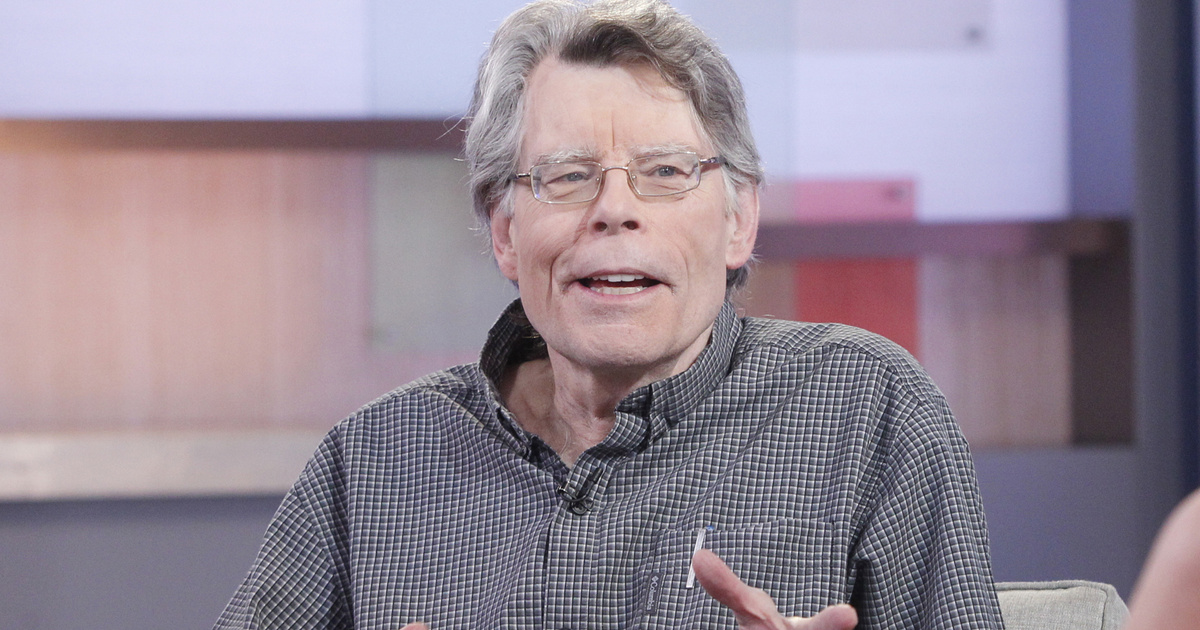
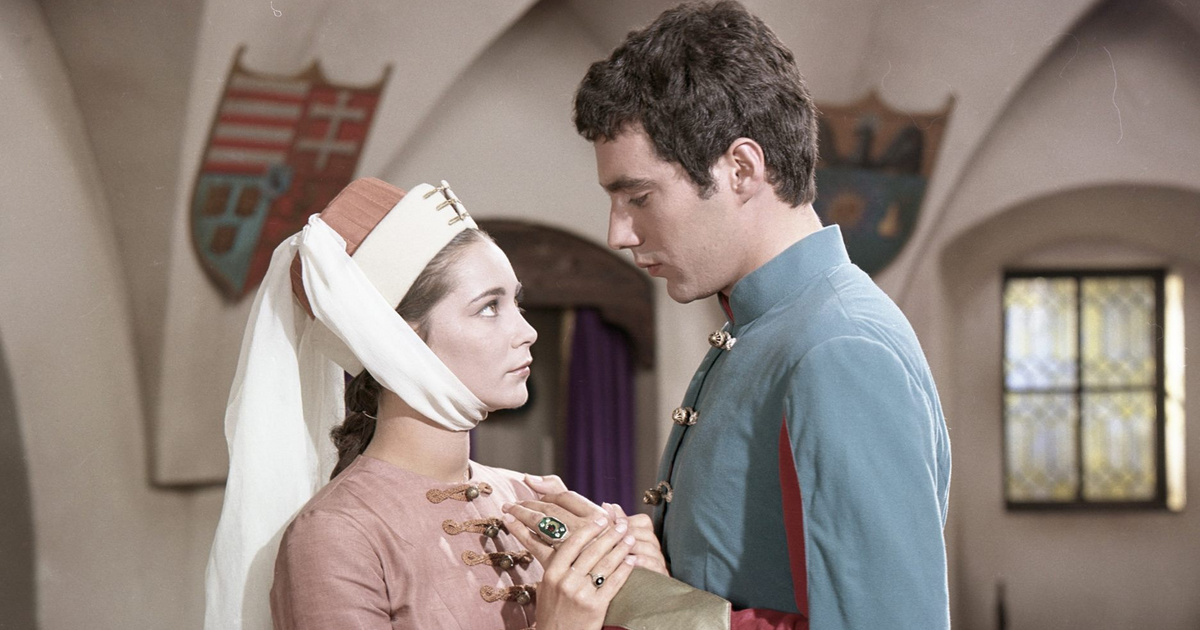




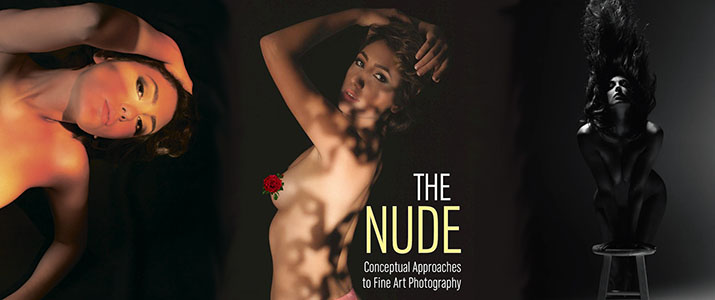
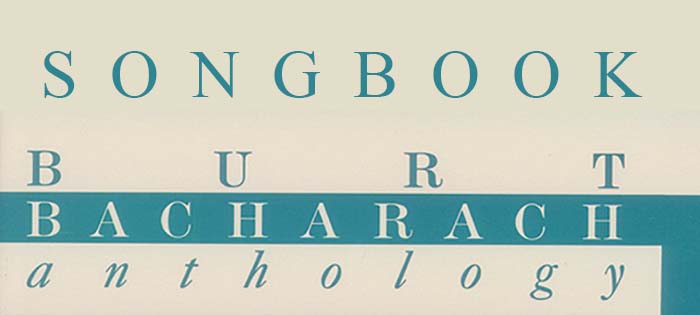
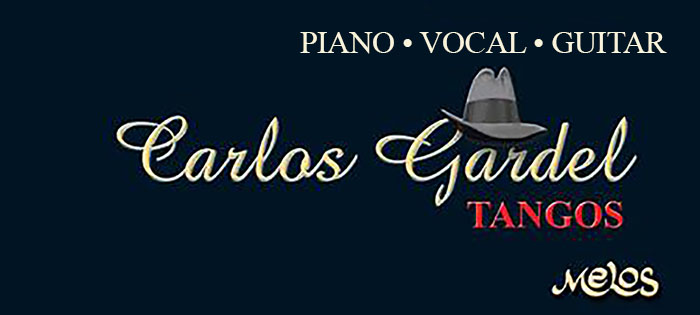
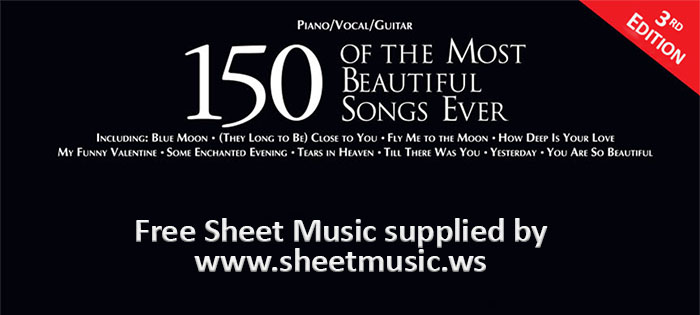







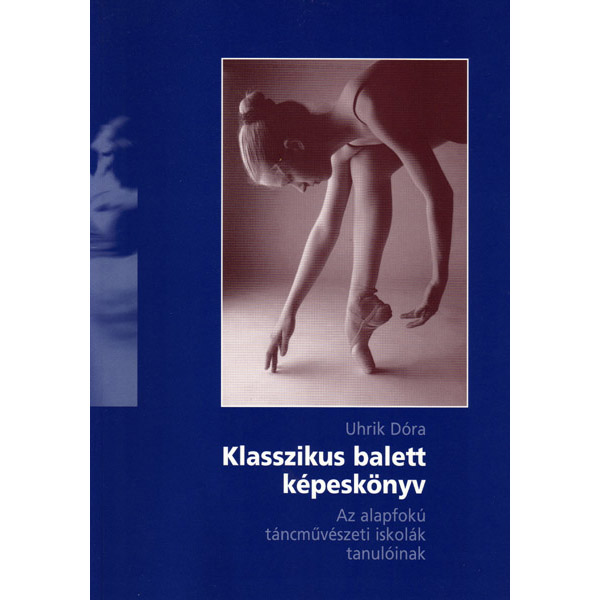
 English (US) ·
English (US) ·  Hungarian (HU) ·
Hungarian (HU) ·